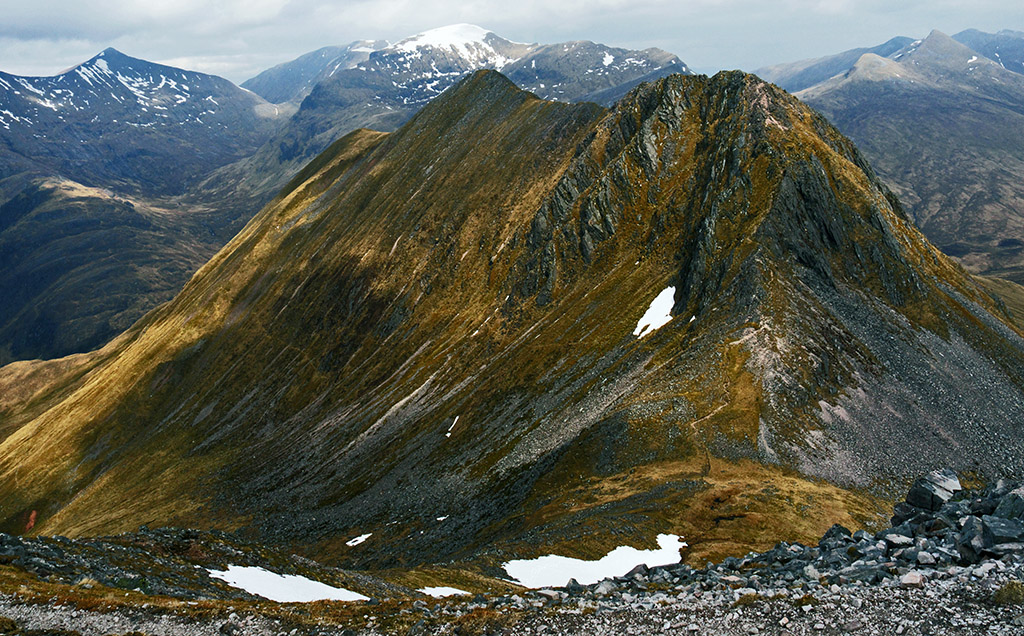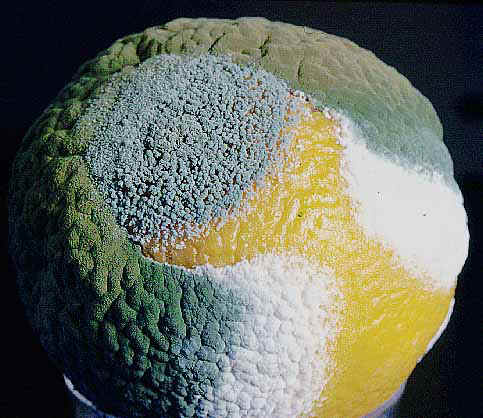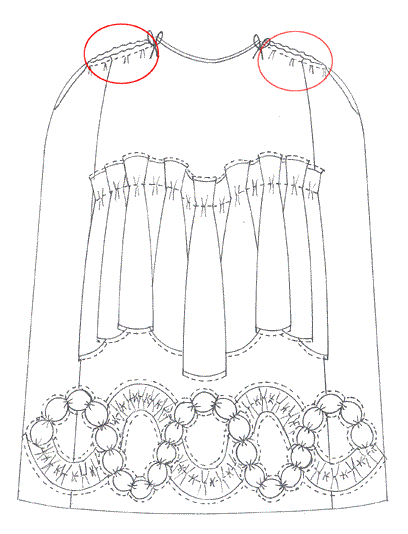Friday Fun Facts - 11/16/2012

Here are this week's Friday Fun Facts about Diana Gabaldon's books.

1) The photo above shows a large cat of the species Puma concolor, also known as a cougar, catamount, panther, or mountain lion. (Click on the photo for a bigger view.) Why so many different names for one animal? According to Wikipedia, "Puma concolor holds the Guinness record for the animal with the highest number of names, presumably due to its wide distribution across North and South America. It has over 40 names in English alone."
I think it would be pretty scary to come face-to-face with one of these predators, as Claire did in DRUMS:
It was no more than six feet away from me, half visible behind a bush. The sound of its lapping was lost in the noise of the stream. Then the broad head lifted, and a tufted ear swiveled toward me, though I had made no noise. Could it hear me breathing?
The sun had reached it, lit it into tawny life, glowed in gold eyes that stared into mine with a preternatural calm. The breeze had shifted; I could smell it now; a faint acrid cat-tang, and the stronger scent of blood. Ignoring me, it lifted a dark-blotched paw and licked fastidiously, eyes slitted in hygienic preoccupation.
It rubbed the paw several times over its ear, then stretched luxuriously in the patch of new sun--my God, it must be six feet long!--and sauntered off, full belly swaying.
(From DRUMS OF AUTUMN by Diana Gabaldon, chapter 19, "Hearth Blessing". Copyright© 1997 by Diana Gabaldon. All rights reserved.)
Here's an Animal Planet video about mountain lions.It's less than 4 minutes long, but very interesting!

2) "Munro bagging" has been a popular pastime among Scottish hikers for decades, as Roger explained to Bree:
"If you come back to Scotland ever, I’ll take ye Munro bagging.”The photo above shows Ben Nevis, Scotland's tallest mountain. (Photo credit: valley taff on Flickr.) The one below is An Gearanach, "The Complainer". (Photo credit: Joe Finlay on Flickr.) Click on the photos to enlarge them.
“You’ll take me what?”
He laughed, and she had a sudden memory of him, brushing back the thick black hair that he didn’t cut often enough, moss-green eyes creased half-shut by his smile. She found she was rubbing the tip of her thumb slowly across her lower lip, and stopped herself. He’d kissed her when they parted.
“A Munro is any Scottish peak more than three thousand feet. There are so many of them, it’s a sport to see how many you can climb. Folk collect them, like stamps, or matchbooks."
(From DRUMS OF AUTUMN by Diana Gabaldon, chapter 3, "The Minister's Cat". Copyright© 1997 by Diana Gabaldon. All rights reserved.)

I have always suspected that the character of Hugh Munro -- Jamie's beggar friend in OUTLANDER, who gave Claire the bit of amber with a dragonfly inside it -- was named after Sir Hugh Munro (1856–1919), the Scottish mountaineer who first compiled a list of nearly 300 Scottish peaks. (You can see a modern version of the list here.)

3) This photo shows what gooseberries look like.
"Have I never told ye that story? How my mother had put on a pot of brose to cook, and then her pains came on so fast she’d no time to think of it, and no one else remembered either until they smelled the burning, and it ruined the supper and the pot as well? There was nothing else in the house to eat save a great gooseberry pie. So they all ate that, but there was a new kitchenmaid and the gooseberries were green, and all of them--except my mother and me, of course--spent the night writhing wi’ the indigestion.”According to Wikipedia,
He shook his head, still smiling. “My father said it was months before he could look at me without feeling his bowels cramp."
(From DRUMS OF AUTUMN by Diana Gabaldon, chapter 15, "Noble Savages". Copyright© 1997 by Diana Gabaldon. All rights reserved.)
The climate of the British Isles seems peculiarly adapted to bring the gooseberry to perfection, and it may be grown successfully even in the most northern parts of Scotland where it is commonly known as a "grozet"; indeed, the flavour of the fruit is said to improve with increasing latitude.I've never seen gooseberries, let alone tasted them. Have any of you tried them?

4) This is what Penicillium spores look like under a microscope.
There they were. Dark stalks, topped with clublike spores, dense against the pale bright ground of the microscope’s field of view. Confirmation.
“Got them.” I straightened up, slowly rubbing the small of my back as I looked over my preparations.
A series of slides lay in a neat fan beside the microscope, each bearing a dark smear in the middle, a code written on the end of each slide with a bit of wax from a candle stub. Samples of mold, taken from damp corn bread, from spoiled biscuit, and a bit of discarded pastry crust from the Hogmanay venison pie. The crust had yielded the best growth by far; no doubt it was the goose grease.
Of the various test substrates I had tried, those were the three resultant batches of mold that had contained the highest proportion of Penicillium--or what I could be fairly sure was Penicillium. There were a dismaying number of molds that would grow on damp bread, in addition to several dozen different strains of Penicillium, but the samples I had chosen contained the best matches for the textbook pictures of Penicillium sporophytes that I had committed to memory, years ago, in another life.
(From THE FIERY CROSS by Diana Gabaldon, chapter 36, "Worlds Unseen". Copyright© 2001 by Diana Gabaldon. All rights reserved.)

The photo above shows Penicillium mold growing on an orange. (Yes, I know it looks disgusting, but just remember that similar moldy bits of rotting food produced the penicillin that saved Jamie's life after the snakebite in FIERY CROSS.)
Here's an explanation of how to grow your own penicillin.

5) In the 18th century, a pocket was a separate, removable item of ladies' clothing, tied about the waist. (The pair of pockets shown above are from the Metropolitan Museum of Art.)
Ladies' skirts and petticoats had slits on the sides to allow access to the pockets underneath, as shown in this diagram of an 18th-century petticoat:

Here's a scene in which Claire demonstrates the usefulness of the removable pocket:
Roger paused to wipe his face with the large handkerchief Brianna had provided for the purpose, and under cover of this, saw Claire reach into the slit of her skirt and draw out a large calico pocket.Here's a site that explains how to make your own 18th-century-style pocket. For more about 18th-century pockets, look here.
She appeared to be arguing with Jamie in a whisper; he was shaking his head, looking like the Spartan with the fox at his vitals.
Then the snake’s head appeared suddenly under Jamie’s chin, tongue flicking, and Jamie’s eyes went wide. Claire stood instantly on tiptoe, seized it by the neck, and whipping the astonished reptile out of her husband’s shirt like a length of rope, crammed the writhing ball headfirst into her pocket and jerked shut the drawstring.
"Praise the Lord!” Roger blurted, to which the congregation obligingly chorused “Amen!” though looking a little puzzled at the interjection.
(From A BREATH OF SNOW AND ASHES by Diana Gabaldon, chapter 58, "Love One Another". Copyright© 2005 by Diana Gabaldon. All rights reserved.)
I hope you enjoyed these Friday Fun Facts! Look here to see all of my Friday Fun Facts blog posts.
PLEASE NOTE: I will be taking a break from the FFF next week. Between the Thanksgiving holiday and my birthday on Nov. 23rd, I just won't have time to put a new list together. But you can look for the Friday Fun Facts to resume on November 30th!








It is a small snippet of Diana's amazing research and resources.
Hope you enjoy your holidya AND birthday next week!
and a great birthday. Linna
My wonderful,late Mother-in-law was Scottish. She called them goose-gogs. She also was the reason I got hooked on Outlander books. Some years ago, 'Mom', my sis-in-law and I were recommending books to one another and they brought up the series. 'sis' had read the 1st three already and was nearly derrannged at having to wait for the 4th to come out. 'Mom' then said that she was reading Outlander but, had to put it aside at times and come back to it. The reason-it made her HOMESICK! Well, I just had to read anything that made that beautiful, petite redhead from clan Graham feel so close to Scotland and now am hopelessly addicted myself!
In her last weeks, I would read to her at the hospital. Nine months pregnant with my second child at the time..a boy..his middle name is Graham.
Thank you, Karen for sharing so much extra detail and fun. I look forward to FFF's every week!
Regarding the penicillin, I just watched an episode of the TV show 'Revolution' which is set in a world which has lost all electrical power. They had doctors who were growing their own penicillin from moldy food and I immediately thought of Claire!
Enjoy your birthday Karen and thanks for all the effort you put into this great blog.
Karen
They taste really nice but it isn't a particularly sweet taste and a lot of people don't like them. Like someone else has said they normally get called goose-gogs where I live!